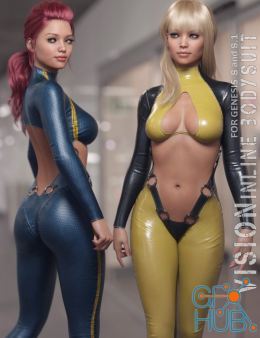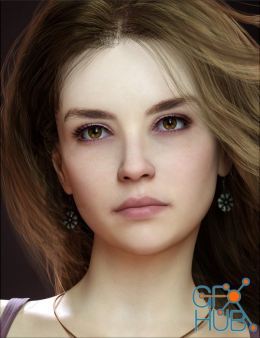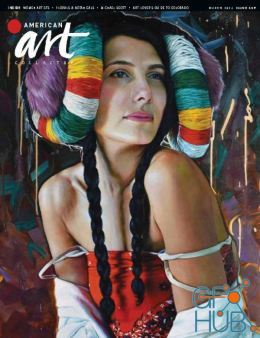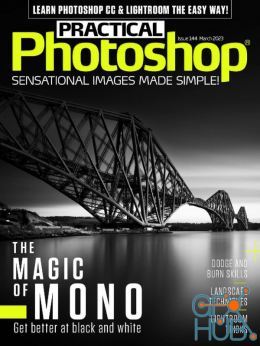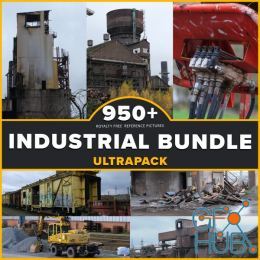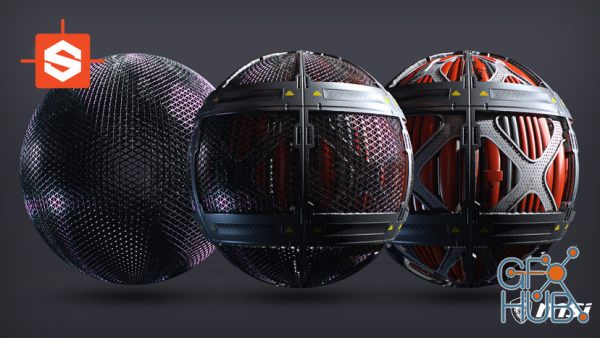
In this course, Javier Perez shows how to create a Sci-Fi Wall in Substance Designer and walks you through the thought processes of how the material are made.
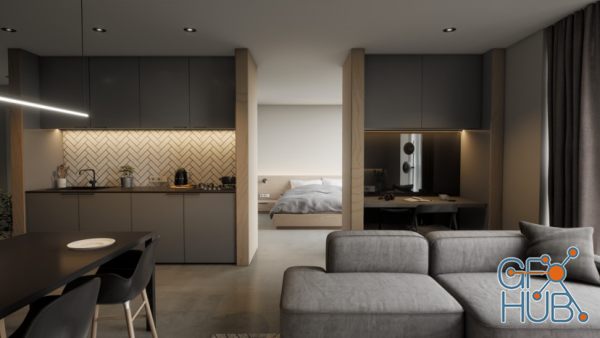
Wessel Huizenga discusses the uses of a game engine like Unreal Engine can impact the architectural visualization industry. The course showcases his personal workflow he has developed over the years and covers the use of Blender for creating 3d assets, setting up photorealistic lighting, and his use of procedural materials to quickly make changes within a scene.
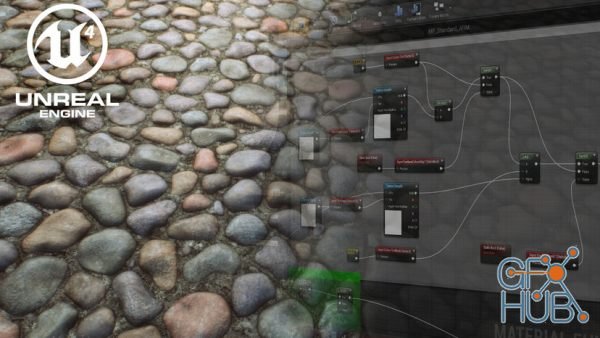
In this five-part series, Kem Yaralioglu breaks down his process for creating master materials, terrain shaders, and some advanced materials. With the help of Material Functions, each shader is fully scalable, allowing you to build upon the foundation that you will create throughout. In this part, Kem covers various advanced shaders that will help elevate your artistic arsenal. From Vertex Blending to Material Parameter Collections, these are
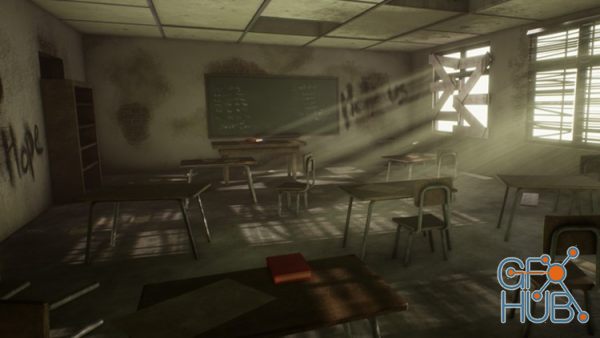
In this course, we will build a professional apocalyptic game environment from scratch using 3ds Max, Substance Painter and Unreal. We will start everything from scratch, from looking at references, looking at some concept art, and start applying it onto our environment. First, we will start by making small blockout of our scene and create the assets that we are going to need, how we are going to lay them out in the environment, then we are

This course will benefit you most if you want to: remove the need for long rendering, work in the game development industry, use the capabilities of game engines when creating videos and mapping shows, participate in the creation of VR applications, learn how to make professional videos and presentations, Real-time engines have a huge future. In addition to the traditional game development and VR industries, they are increasingly used in motion
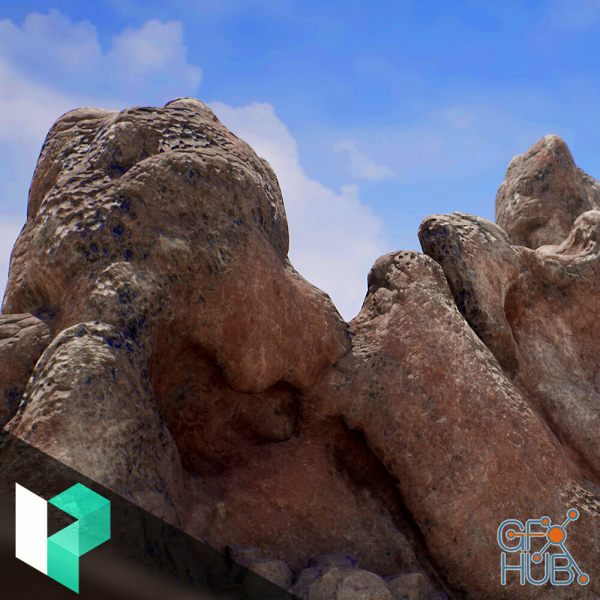
Watch as Lead Environment Artist at Ubisoft, Casper Wermuth create highly realistic volcanic rocks for Unreal using a combo workflow of Zbrush, Substance Designer, and Substance Painter. His techniques can be applied to any type of rock project and allows for scaling objects without messing up the texel density. His process covers modelling in Zbrush, creating UVs using 3d Coat, Creating tiling textures in Substance Designer, mask creation in

In this course, three leading industry experts will teach you how you can automate Unreal Engine 4 to handle tedious/repetitive tasks. We will use the same examples to show you how you can create tools that will tremendously decrease the time you spent with those tasks. You can follow along with Blueprints, Python, or even C++.
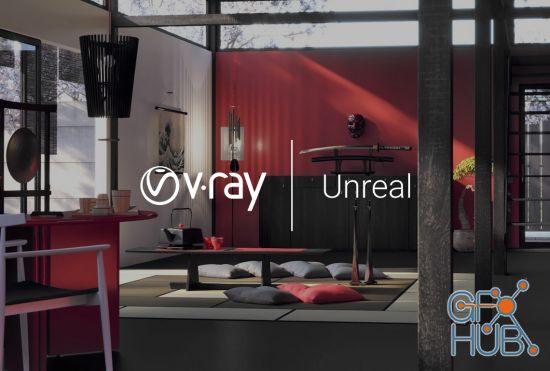
As one of the world?s most popular physically-based renderers, V-Ray is used daily by top design studios, architectural firms, advertising agencies, and visual effects companies around the globe. Chaos Group also noticed the rapid adoption of Unreal Engine by many of these firms to create interactive or immersive experiences, so for them to produce V-Ray for Unreal was a logical step.
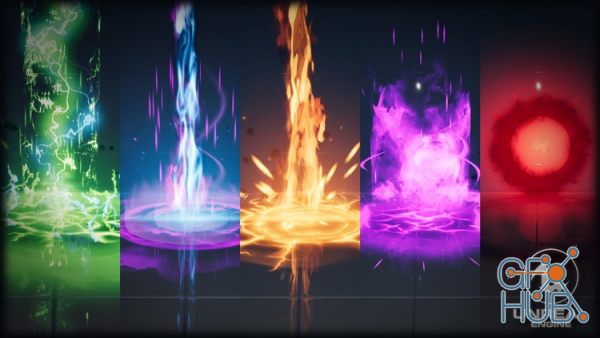
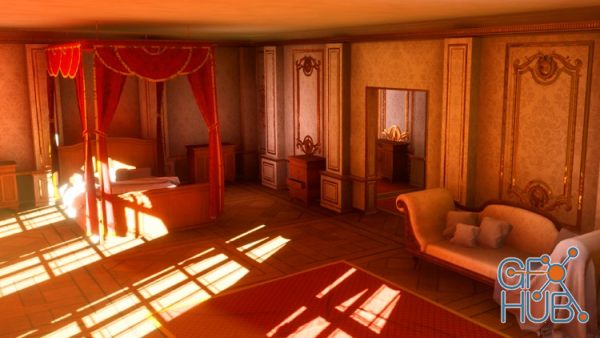
In this course, we will go through the process of creating an amazing Victorian style game environment! We will start off by modeling the ornate pieces inside 3ds Max and then take them in Zbrush to enhance them. We will then model our modular pieces such as the pillars, the doors, the roof, the floor, etc. for reusing them in Unreal Game Engine. We will use Substance Designer to create a variety of tileable textures such as wood, plaster, gold,
New Daz3D, Poser stuff
New Books, Magazines
 2020-07-19
2020-07-19

 0
0

